The World Where We Live: Guatemala
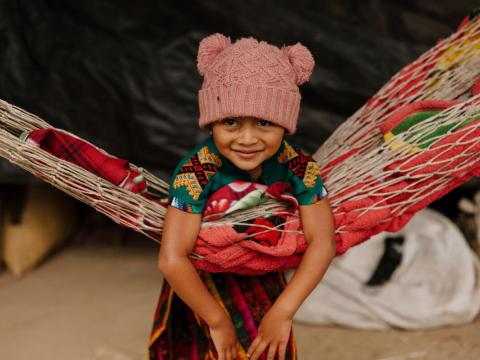
This nation is a land of colourful contrasts – the lush green rainforests, deep blue lakes and fire-red volcanoes meet ancient Mayan ruins and modern urban landscapes. With a name meaning “Place of Many Trees” and a warm tropical climate, Guatemala is known as the land of the eternal spring!
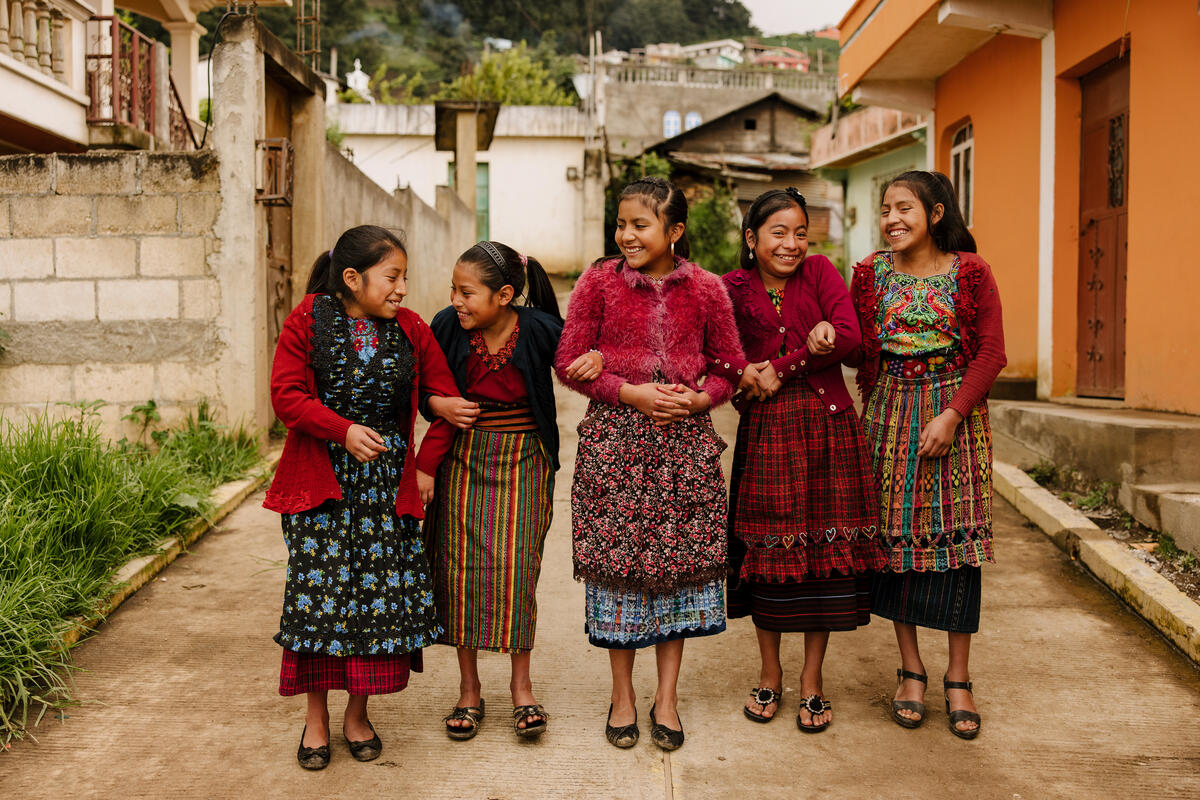
More than half of the people in Guatemala are descended from the Maya. The Maya Empire dates back to 1,800 BCE (that’s almost 4,000 years!) and at its peak stretched from southern Mexico through Guatemala to Honduras and Belize. Traditional Mayan clothing includes huipils (loose, tunic-like shirts), long skirts and aprons made from brightly coloured woven fabric. The colours and patterns vary from village to village, and region to region.
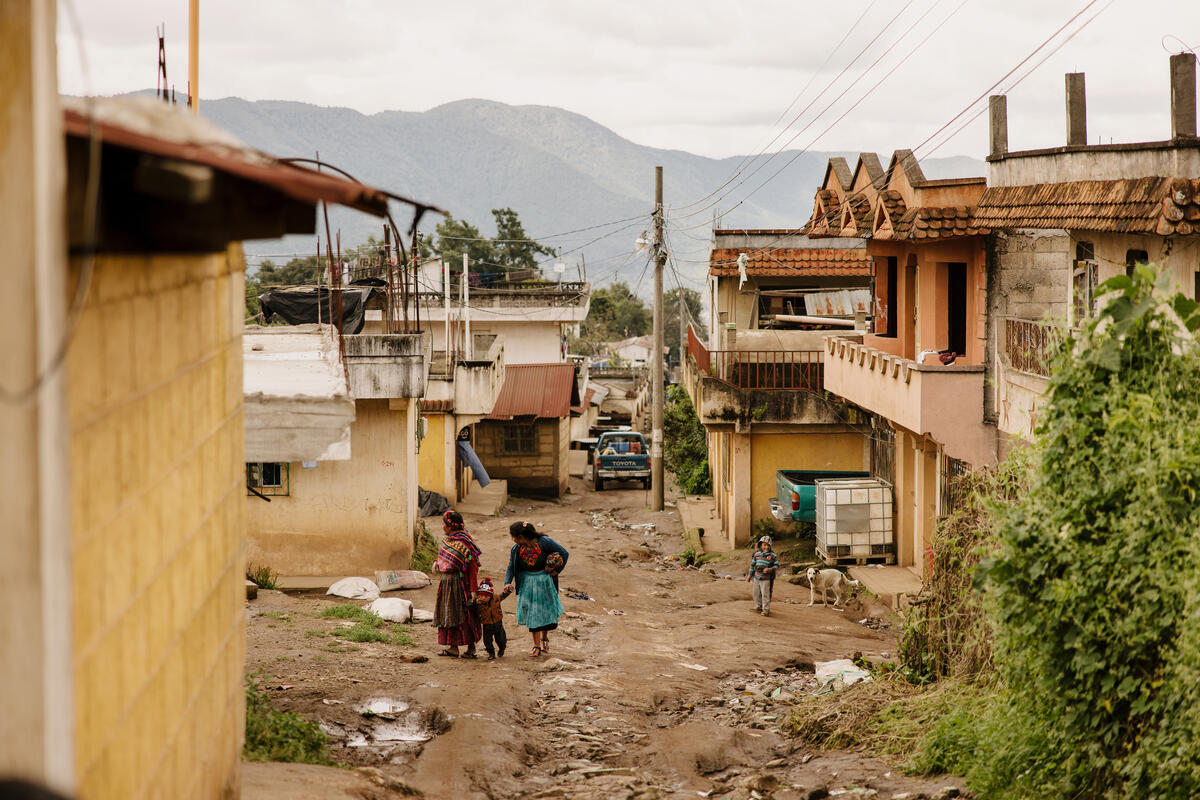
Natural disasters are a fact of life here – Guatemala lies on the Pacific “Ring of Fire” and experiences volcanic eruptions, mudslides, earthquakes and hurricanes (cyclones). In fact, the capital Guatemala City has moved three times due to mudslides and earthquakes! That’s why our child sponsorship programme includes helping kids and community groups to learn how to plan, prepare for and respond to disasters to keep everyone safe.
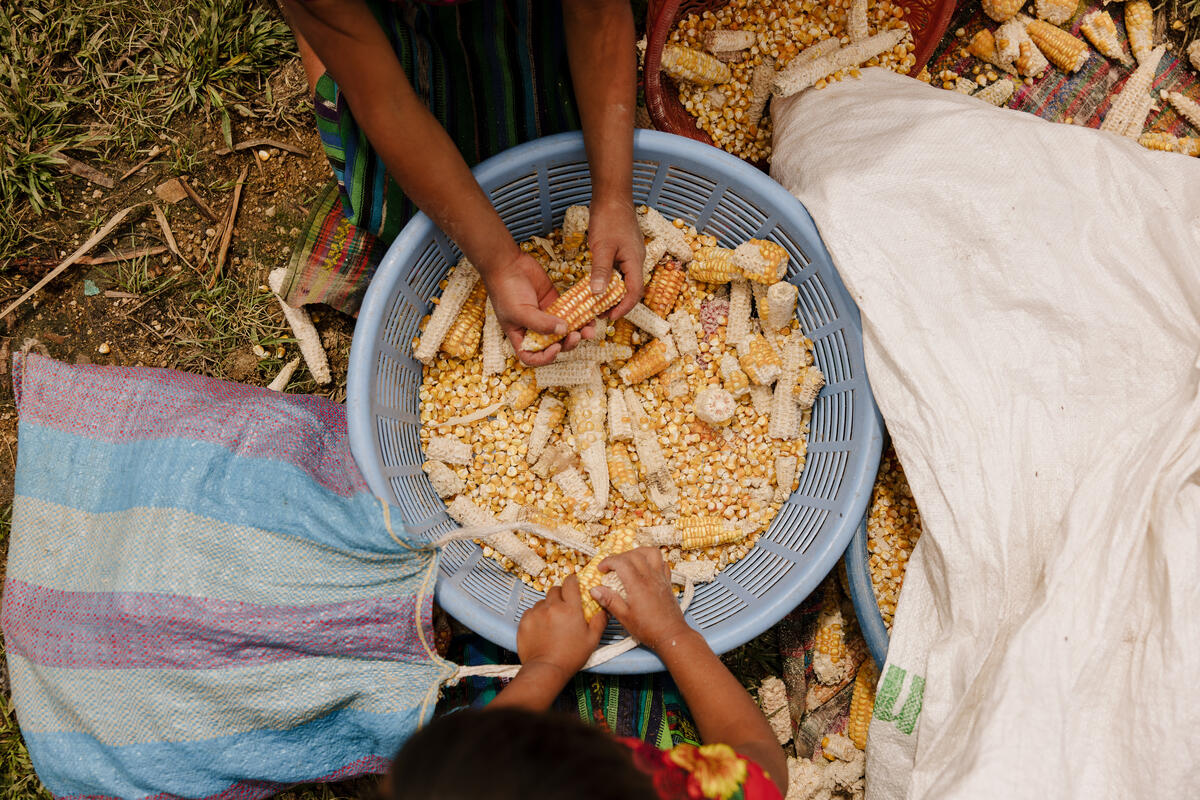
Corn is the lifeblood of Guatemala. Corn tortillas (flatbreads) are served with every meal, and tamales (corn dough stuffed with meat, beans, nuts or fruit) are a local delicacy. It’s so important that in Mayan culture, there is even a story that the first people were made of corn – with a husk for the body and limbs made of corn flour dough. Guatemalans consume more than 100 kg of corn per person every year!
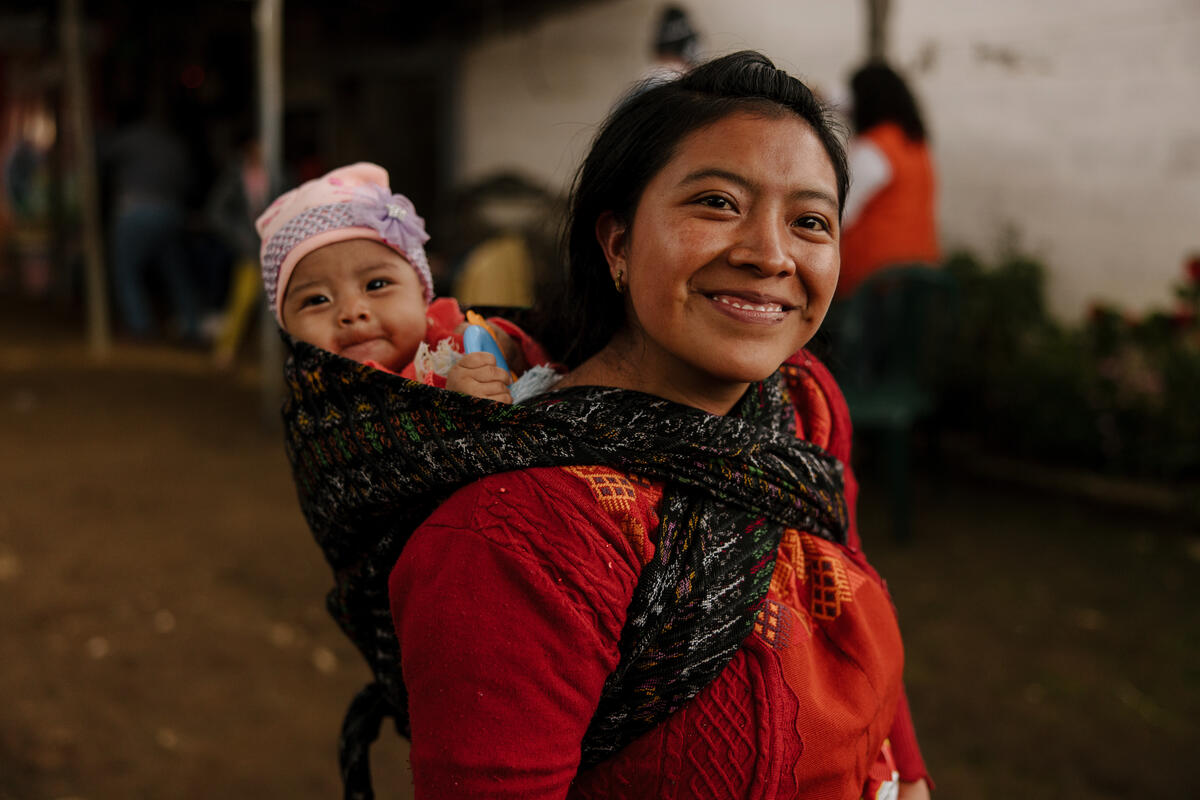
Most Guatemalan babies are carried on their mothers’ front or back, wrapped in a large piece of fabric called a cargador. This keeps them close while their mother’s hands stay free for other tasks. Child sponsors help hundreds of these mothers from pregnancy through the baby’s first three years, teaching them about child’s health and nutrition, to combat malnutrition and give them the best start in life.
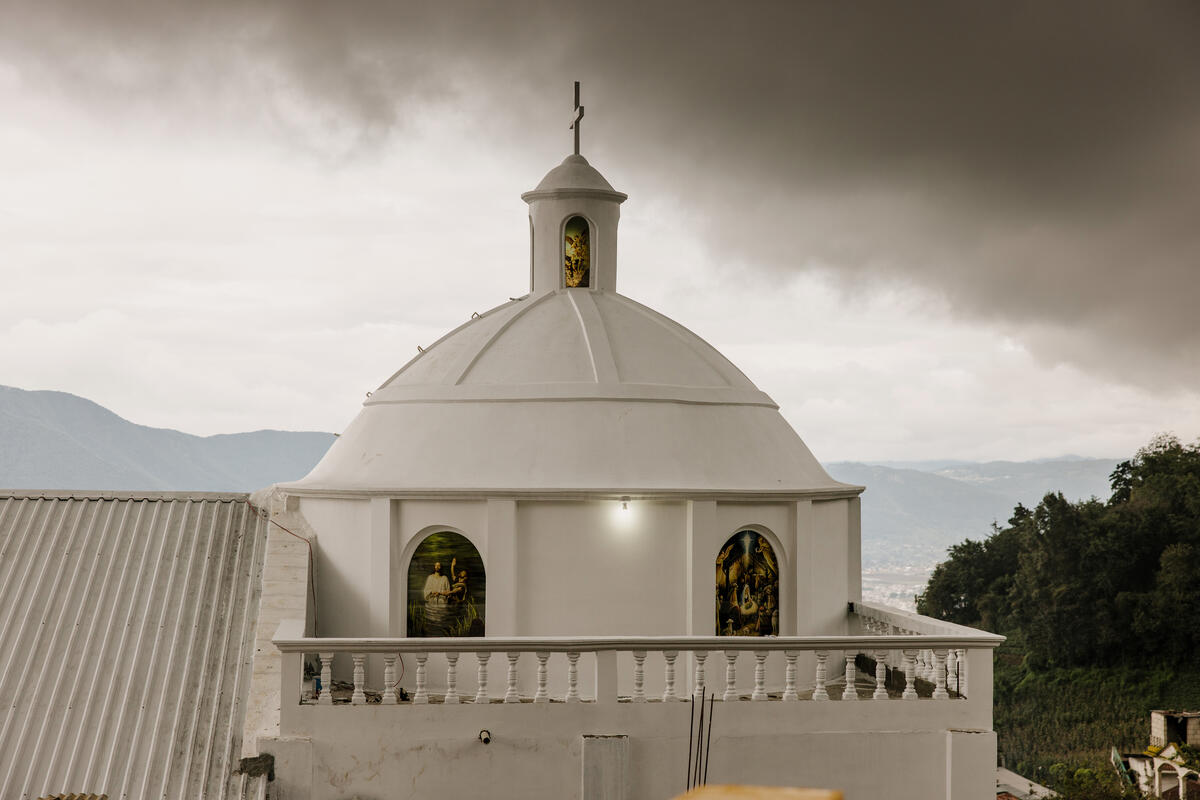
Most people in Guatemala practise Christianity, with Catholicism the most popular followed by Protestantism. Many Indigenous people combine elements of Mayan spirituality with their Christian beliefs. Santa Semana (or Holy Week) is the biggest celebration of the year. In Antigua Guatemala, people adorn the path of the Good Friday procession with alfombras, detailed and vibrant carpets made from colourful sawdust and flower petals.

Pepián de Pollo (Chicken Pepián) is Guatemala’s unofficial national dish. This spicy stew is made with chicken, tomatoes, chillies, pumpkin and sesame seeds, and spices like cinnamon and cloves. This family favourite has been cooked since Mayan times and is served with rice and tortillas.
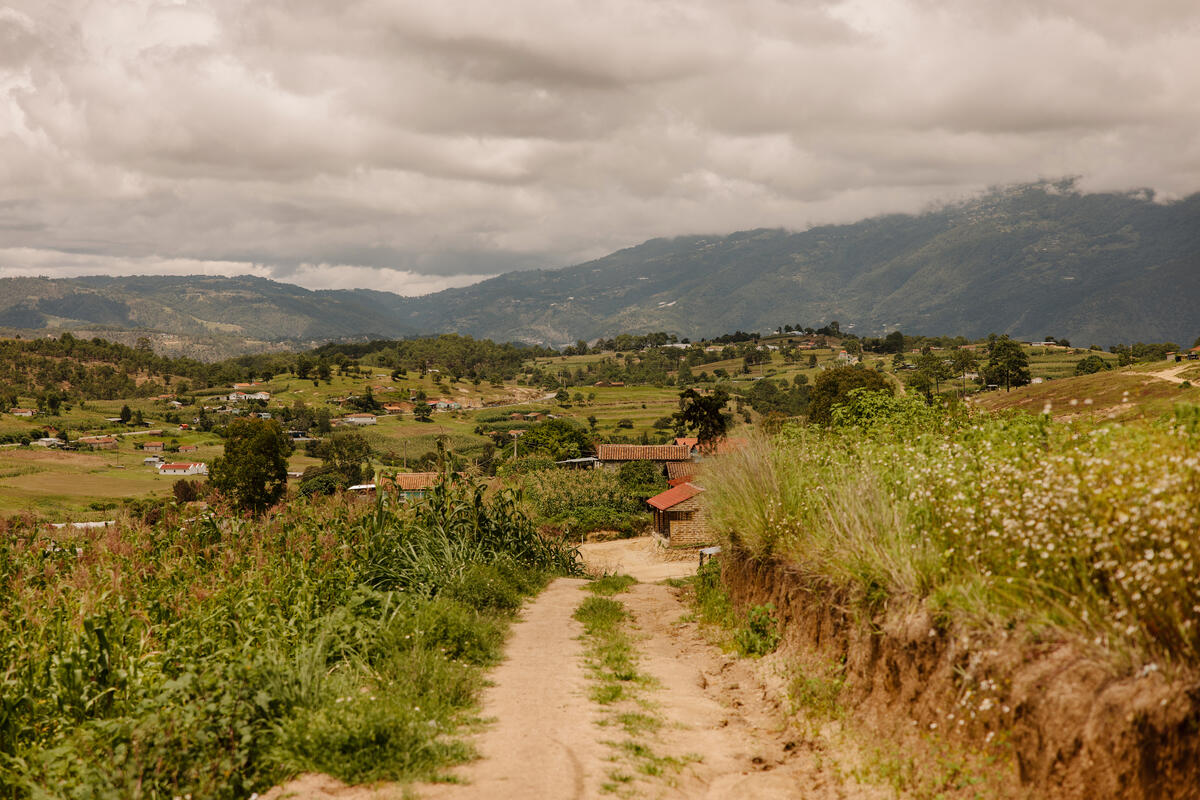
Much of Guatemala is tropical. The warm temperatures in the lowlands cool as the altitude increases in mountainous areas. Summers herald the dry season, while the winter rainy season runs from May until November, bringing with it daily afternoon showers and sometimes damaging floods. About 34% of Guatemala is forest, and 41% is farming land. Almost half the population lives in the countryside and the rest live in the cities.
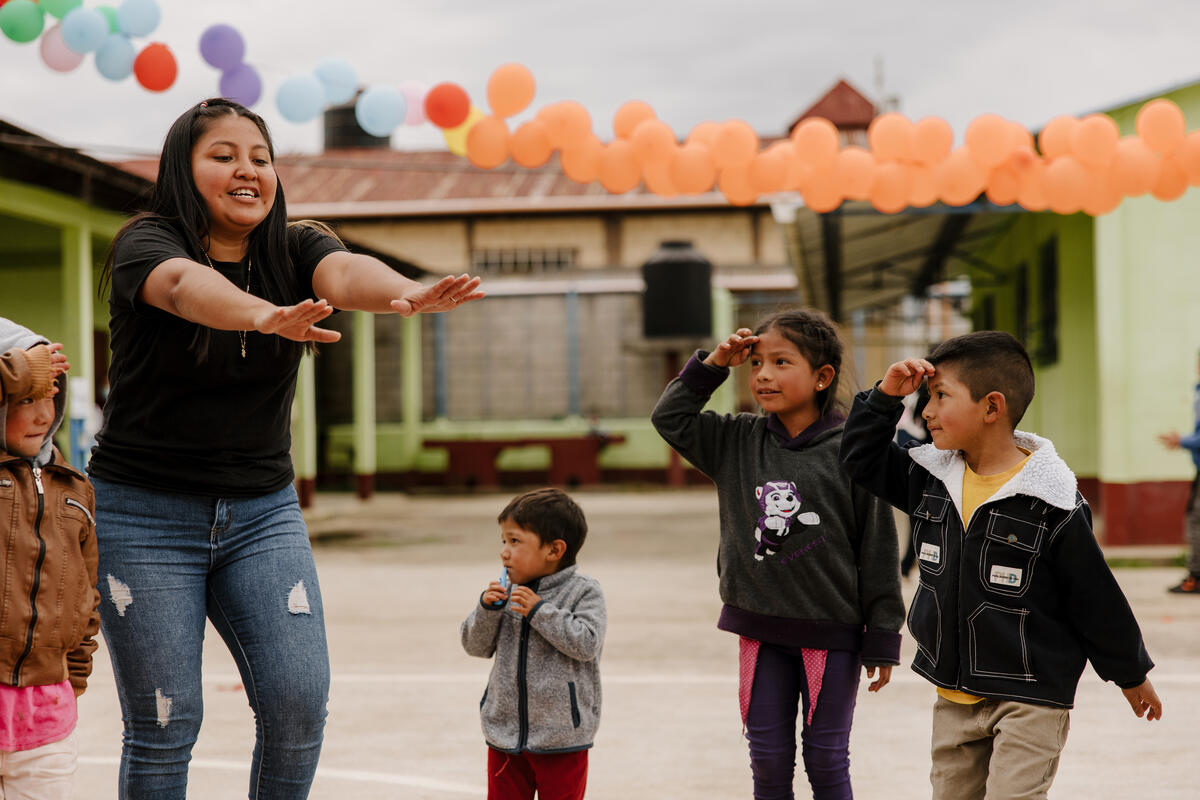
Education is every child’s right. Primary school in Guatemala is free and compulsory until Grade 6, yet some students fall through the cracks. About 40% of students are from Indigenous backgrounds and are not fluent in Spanish, making them more likely to drop out of school. Those living in rural areas often don’t have access to secondary school. Child sponsors are helping children make the most of their education with programmes that support reading, early-childhood education and community libraries.
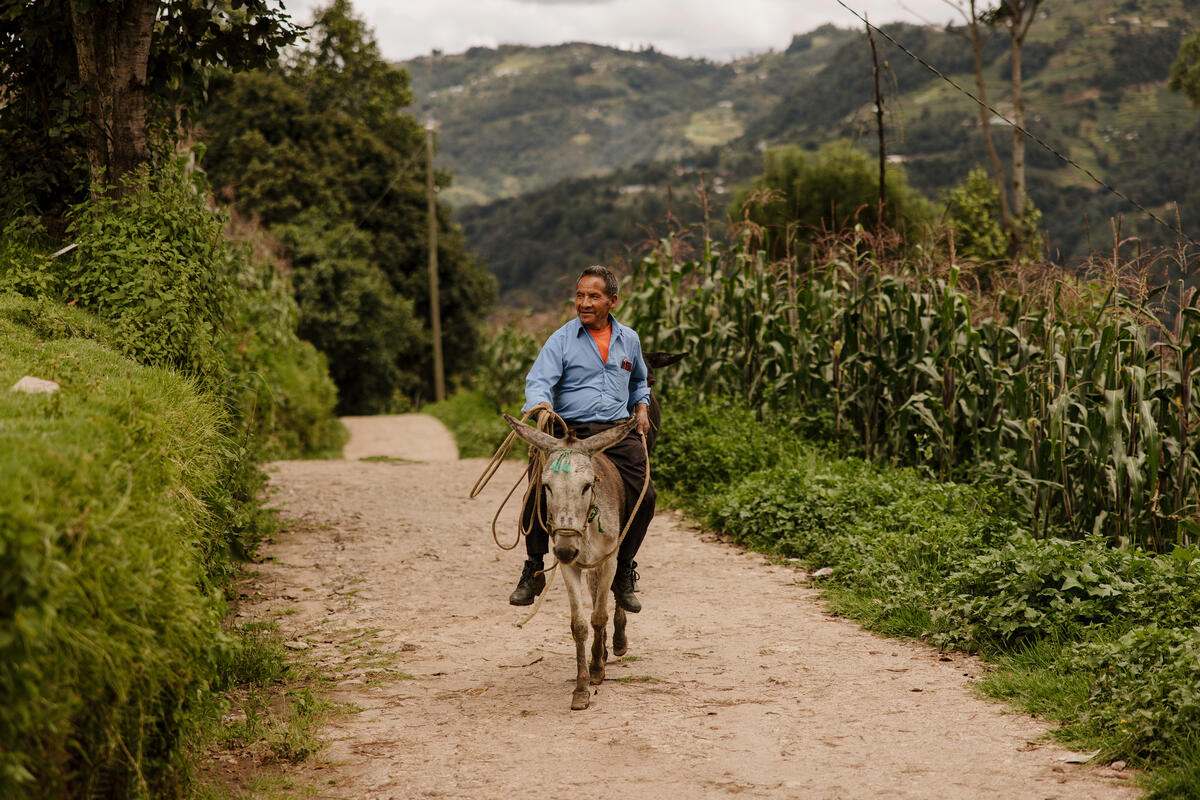
About two in five Guatemalans are farmers. The rich volcanic soils are good for crops such as corn, coffee, cacao, sugar and bananas, as well as raising livestock such as cattle and sheep. However, three-quarters of the best arable land is held by large commercial plantation farmers, leaving the vast majority of farmers with the remaining one-quarter. The rugged terrain means farms often stretch up hillsides so farmers often use traditional forms of transport, like the humble donkey, to get around.
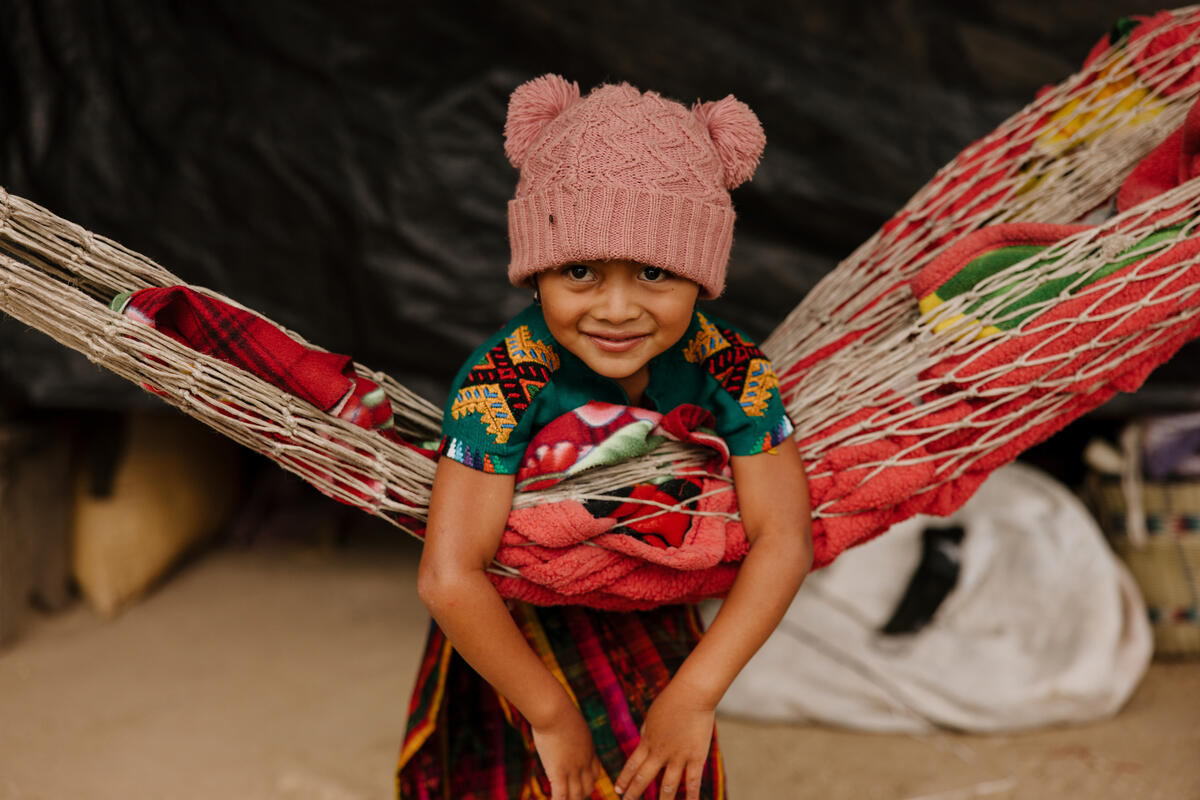
World Vision has been partnering children and families in Guatemala since 1975, in more than 270 communities. Child sponsors are partnering with communities to improve children’s access to education, improved water, nutrition and sanitation, safety, economic security, and disaster relief.
Child sponsorship – partnering with children and communities to break the cycle of poverty in over 1250 communities in this big, beautiful world.